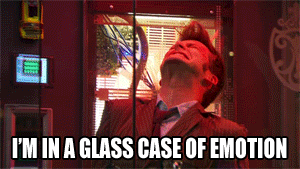Envision the persistence and information it takes to grow a small seed into an in number tree. In cultivation treatment, advisors join their affection for nature with their mastery in psychological wellness to instruct those abilities. Much like equine treatment utilizes the stallion to show aptitudes, agriculture specialists utilization plants to pass on diverse lessons and abilities. Working in detainment facilities, healing centers, and nursing homes, advisors start discussion while cultivating or making pinecone fledgling feeders. As gatherings cooperate to plant blossoms or develop gardens, advisors lead discussions on certainty and cooperation. Agriculture treatment is particularly helpful for individuals with incapacities. Exercises can be intended for individuals in wheelchairs or with other exceptional needs. Anybody can thoroughly enjoy the satisfaction of watching a blossom develop. It can be an awesome wellspring of pride to watch a planted seed develop and be instrumental in its care. By interfacing with nature, patients discover placidness to bring into their own lives.

Manikin Therapy
Mythical beasts, pigs, and puppies can help you figure out how to manage a domineering supervisor, an irritating neighbor, or a troublesome kid. Manikins assume a vital part in treatment by helping patients express feelings and practice troublesome discussions in the protected organization of a soft toy. As they work on being emphatic with a toothy tiger manikin, patients may grope more liberated to remain for themselves outside of treatment. Manikins make it less demanding for patients, particularly youngsters, to work on communicating troublesome feelings, talk about ill-use, or practice social aptitudes in an energetic way.Puppets make a protected separation between the advisor and patient, so it feels more great talking through the manikin. Prepared advisors can imaginatively reflect the kid's issues, which makes presenting troublesome points less demanding. Case in point, a young lady battling with moving to another town is informed that the manikin has quite recently moved, too.The specialist meets the manikin, instead of the patient, which gives the patient permit to say whatever they feel. Manikins, and different types of play treatment, have turned out to be brilliant approaches to educate mentally unbalanced kids social abilities or to practice creative thought.

